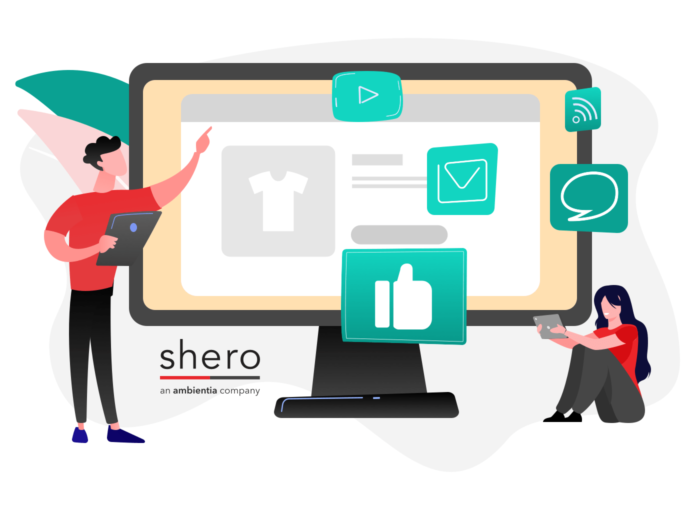What is omnichannel eCommerce? Is it the same as multichannel marketing?
Though similar, the two concepts take two very different paths along the customer journey. We’ll break it down for you below.

One of the most exciting things about eCommerce is how quickly it evolves and grows. But that’s also one of its greatest challenges for merchants — keeping up with new opportunities.
While a multichannel approach allows you to create brand awareness and reach target audiences, it does so in a way that silos each effort. What if there was a way to have your marketing and sales strategies work together, symbiotically building off one another?
That’s what the omnichannel eCommerce experience is all about.
What is omnichannel eCommerce?
Omnichannel eCommerce refers to a highly personalized approach that integrates sales and marketing to work in a way where they feed off each other. The idea is to put the customer at the center of the sales process by personalizing marketing efforts in a way that anticipates, listens to, and provides solutions for their needs.
What’s the difference between omnichannel and multichannel?
Though the two processes are similar, they are not the same. One way of looking at it is that “omni” refers to all, while “multi” refers to many. Omnichannel encompasses all channels into one effort, providing a fluid experience for customers. Multichannel involves using different channels for different purposes, creating individual experiences for selling your product.
Which is better: an omnichannel or multichannel strategy?
When it comes to omnichannel vs multichannel strategy, neither is outright better than the other — but there is a better choice depending on your business goals.
An omnichannel strategy gives your customer a hyper-personalized marketing experience, learning your customer’s pain points and offering solutions across channels.
For instance, instead of sending a general email about an upcoming sale (a multichannel approach), omnichannel marketing would include sending an email with a special discount for a particular item that the shopper recently browsed — and then having the same promotion show up as a social media ad.
Let’s use an example of omnichannel eCommerce.
Imagine shopping for a shower curtain. You browse an online store, pick out a few styles, put one in your cart, and then second-guess your purchase and decide to abandon cart.
Soon after, you receive an email with a coupon for 10% off shower curtains. You’re interested, but not enough yet.
You go on social media and there’s an ad on your newsfeed as a reminder about the sale. You decide it’s a good deal, and return to purchase. Since the omnichannel experience anticipates your customer’s needs, the customer journey doesn’t end after a purchase. Let’s say, after you receive that item, you get an SMS communication about reviewing your product. As an incentive for leaving a review, you’ll receive a discount on other bath items in that same product line.
If you’re too busy to leave a review at that moment, you’ll receive a follow up email a few days later with a reminder of the incentive discount and a few suggested products within that same line. The journey continues
See the thread that’s happening here? In this instance, one targeted and personalized email campaign would work symbiotically with
- Social media ads
- SMS
- Direct mail
- In-app purchases
- Brick and mortar initiatives
- and other marketing channels.
Omnichannel eCommerce strategy revolves around your customer’s needs, instead of telling them what you think they need.
That’s not to say that a multichannel sales approach is wrong or outdated; it’s just a way of casting a wide net and hoping to catch the right fish, such as sending a mass email and hoping it reaches an interested audience.
Multichannel marketing is often depicted as a wheel with your product or service at the center, and individual spokes each representing a different marketing channel.
This also allows potential customers to engage with your brand in the way they prefer — if they only want email marketing, they don’t have to worry about unwanted SMS, or hiding social media ads.
In Conclusion
Converting your eCommerce strategy to omnichannel may take significant time and resources — cost, IT investment, vision, goals. It’s an all-in approach. If you lack the immediate resources, it might be worth starting with a multichannel strategy and converting to omnichannel later.
We’re here if you’d like any assistance — did you know we now offer various marketing consulting and strategy services? Contact us to learn more.
Gentian, CSO and co-founder of Shero Commerce, guides the company and client digital strategies. He's an expert in technical SEO, Inbound Marketing, and eCommerce strategy.






